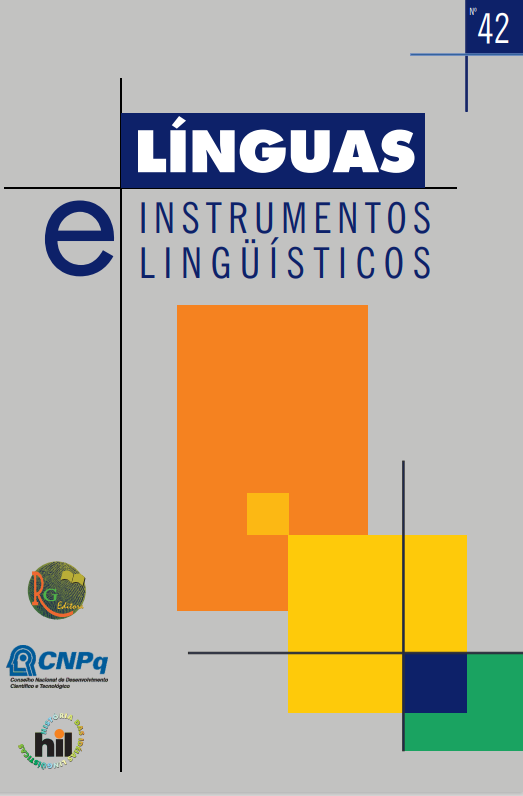Abstract
How to think, in the historicity of the word, the discursiveness of the malaise that plagues the people of our time whose name is depression? What can we hear when we question, in ordinary linguistic functioning, the discourses and phenomena of classification and revision of diseases? These two questions urge me to think of the word depression as a place of analysis, taking into account the heuristic, material and subjective character of this formulation that occurs in specific production conditions and utterance circumstances in our society.
References
FINGERMANN, D.; KHEL, M. R. (2009). “O sujeito, o inconsciente e o tempo: entrevista com Colette Soler”. In: A PESTE: Revista de Psicanálise e Sociedade e Filosofia, v. 1, n. 1.
FOUCAULT, M. (2002). Em defesa da sociedade: curso no Collège de France (1975-1976). Trad. de ME Galvão. São Paulo: Martins Fontes.
GUILHAUMOU, J.; MALDIDIER, D.; ROBIN, R. (1994). Discours et archive: expérimentations en analyse du discours. Liège: Editions Mardaga.
QUINET, A. (2006). Psicose e laço social. Rio de Janeiro: Zahar.
LACAN, J. (1992). O seminário, livro 17: O avesso da psicanálise, 1969-1970. Rio de Janeiro: Jorge Zahar. _________. (2008). O Mito Individual do Neurótico. Trad. Claudia Berliner. Rio de Janeiro: Jorge Zahar Editor. __________. (2008). O seminário, livro 16. De um Outro ao outro. Trad. Vera Ribeiro. Rio de Janeiro: Jorge Zahar.
ORLANDI, E. P. (1996). Interpretação: autoria leitura e efeitos do trabalho simbólico. Campinas: Vozes. ___________. (2010). Discurso e políticas públicas urbanas: a fabricação do consenso. Campinas: RG Editora. ___________. (2012). “Sentidos em fuga: Efeitos da polissemia e do silêncio”. In: CARROZZA, G.; SANTOS, M.; SILVA, T. D. Sujeito, Sociedade e Sentido. Campinas: RG, p. 1-15. ___________. (2013). “A palavra dança e o mundo roda: Polícia!”. In:
GUIMARÃES, E. Cidade, Linguagem e Tecnologia: 20 Anos de História. Campinas: Labeurb. p.13-30. Disponível em: http://www.labeurb.unicamp.br/labeurb20anos/index.php ___________. (2014). “Parkour: corpo e espaço reescrevem o sujeito”. In: Línguas e instrumentos linguísticos, n. 34. jul-dez, p. 75-87. Campinas.
ROUDINESCO, E. (2006). A análise e o arquivo. Rio de Janeiro: Zahar.
SOLER, C. (2010). “O corpo falante”. In: Caderno de Stylus, v. 1, p.52-63. Rio de Janeiro: EPFCL. __________. (2013). “A oferta, a demanda e... a resposta”. Caderno de Stylus, n. 26, p. 15-28. Rio de Janeiro: EPFCL.

This work is licensed under a Creative Commons Attribution-NonCommercial-ShareAlike 4.0 International License.
Copyright (c) 2020 Línguas e Instrumentos Línguísticos


